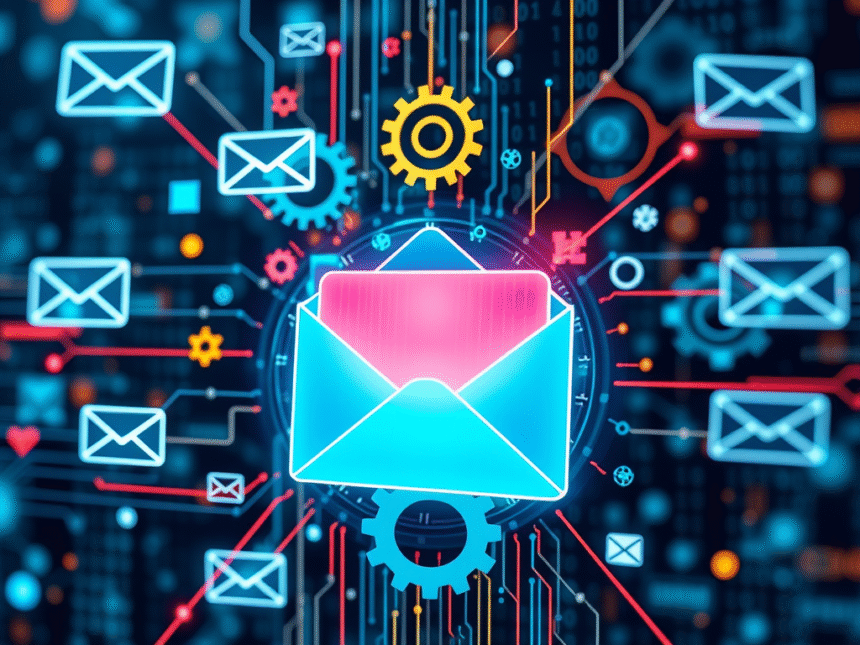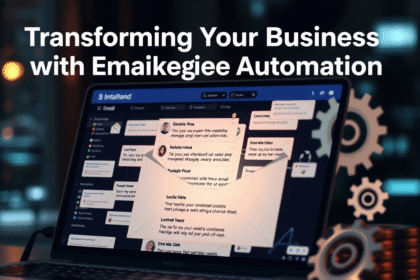In the digital era where businesses are constantly vying for consumer attention, email marketing remains a powerful tool to reach and engage your audience. But how do you ensure your email marketing efforts are effective and efficient? The answer lies in email marketing automation.
Email marketing automation is the process of using software to automatically send targeted and personalized email messages to your audience at scheduled times. It’s a game-changer, helping businesses save time, increase efficiency, and improve customer engagement. This ultimate guide will dive into the ins-and-outs of email marketing automation, from its benefits to best practices, and how you can leverage it to take your email marketing to the next level.

What is Email Marketing Automation?
Email marketing automation is a strategy that leverages technology to send automated emails to your subscribers based on predefined triggers or actions. It can encompass a wide range of emails, from welcome emails and birthday wishes to abandoned cart reminders and personalized product recommendations.
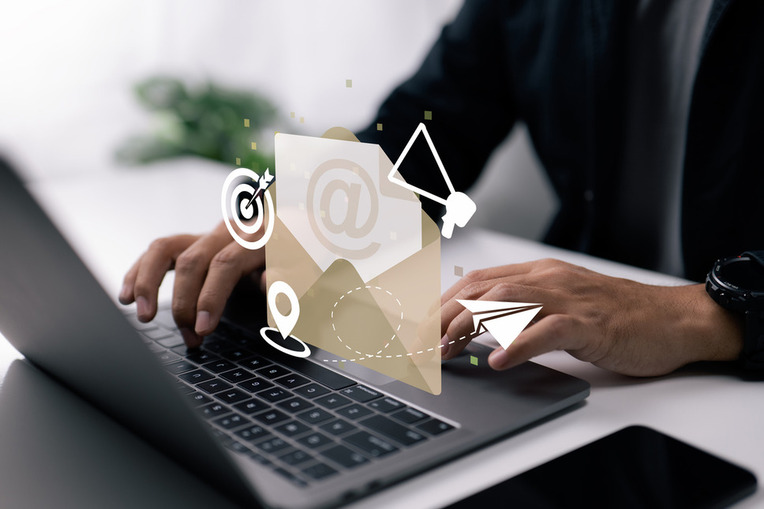
Key Components of Email Marketing Automation
Email marketing automation revolves around three primary components:
- Trigger: This is the action that initiates the automated email. Triggers can range from a user signing up for your newsletter to a customer making a purchase.
- Segmentation: This involves dividing your email list into different categories based on certain criteria such as demographics, behavior, or purchase history. Segmentation ensures that your automated emails are targeted and relevant.
- Email Content: This is the actual email that is sent out. With automation, you can personalize this content to make it more relevant and engaging.
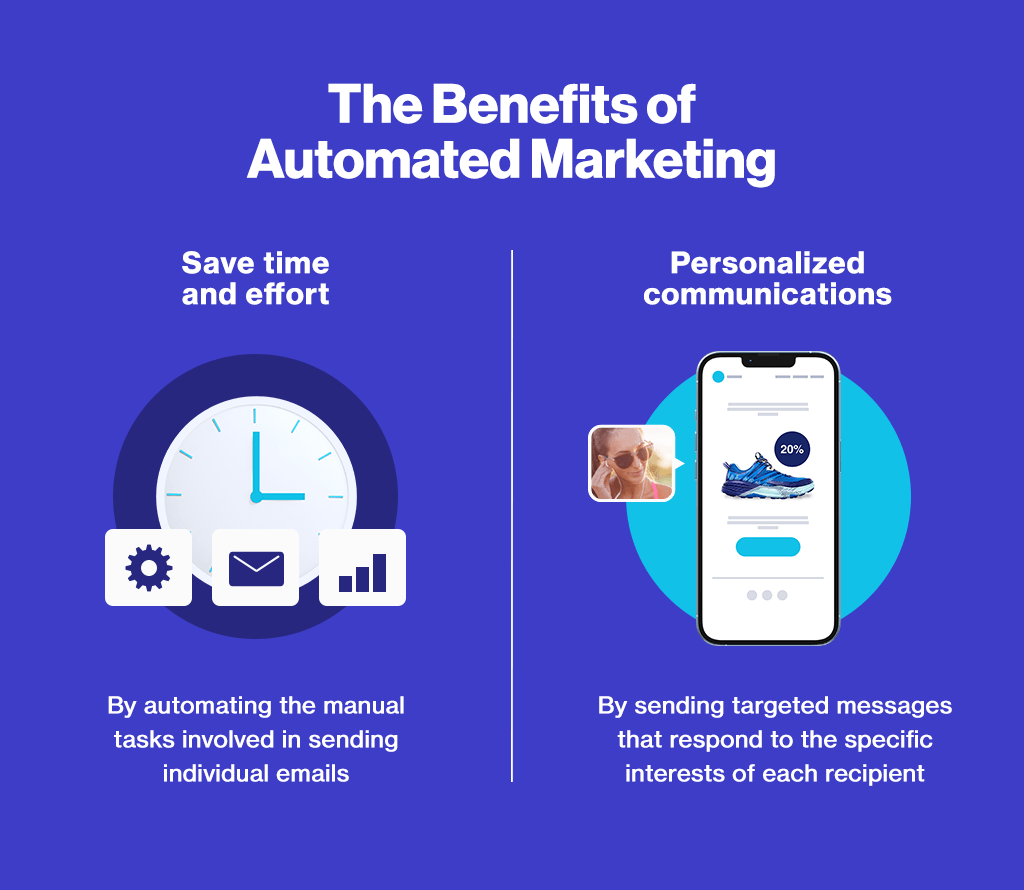
Benefits of Email Marketing Automation
Email marketing automation offers a wealth of benefits:
- Efficiency: Automation saves you time by taking care of repetitive tasks. You can set up your emails once and let the automation tool do the rest.
- Personalization: With automation, you can personalize your emails based on your subscribers’ behaviors and preferences, making your emails more engaging and relevant.
- Scalability: As your business grows, your email list will too. Automation makes it easy to manage large email lists and ensure all subscribers receive the right emails at the right time.
- Performance Tracking: Most email marketing automation tools offer advanced analytics, allowing you to track and measure your email performance and make data-driven decisions.
- Choose an Email Marketing Automation Tool: There are many tools available, each with its own features and pricing. Choose one that fits your needs and budget.
- Define Your Goals: Before you start automating, define what you want to achieve with your email marketing. This could be increasing sales, boosting customer engagement, or improving customer retention.
- Segment Your Email List: Divide your email list into different segments based on criteria like user behavior, demographics, or purchase history.
- Create Your Emails: Craft compelling and personalized emails for each segment. Make sure your emails align with your goals and are relevant to your audience.
- Set up Triggers: Decide what actions will trigger each email. This could be a user signing up for your newsletter, making a purchase, or abandoning their cart.
- Track and Optimize: Use the analytics provided by your automation tool to track your email performance and make necessary adjustments to improve your results.
- Personalize Your Emails: Personalization goes beyond just using your subscriber’s name. Personalize your emails based on your subscribers’ interests, behaviors, and preferences to increase engagement.
- Test Your Emails: Always test your emails before sending them out. Check for any errors and ensure your emails look good on different devices and email clients.
- Monitor Your Performance: Regularly check your email analytics to see how your emails are performing. Look at metrics like open rate, click-through rate, and conversion rate to measure your success.
- Avoid Spam Triggers: Make sure your emails don’t end up in the spam folder. Avoid using all caps, excessive punctuation, and spam trigger words in your subject lines and email content.

How to Start with Email Marketing Automation
Starting with email marketing automation involves a few key steps:
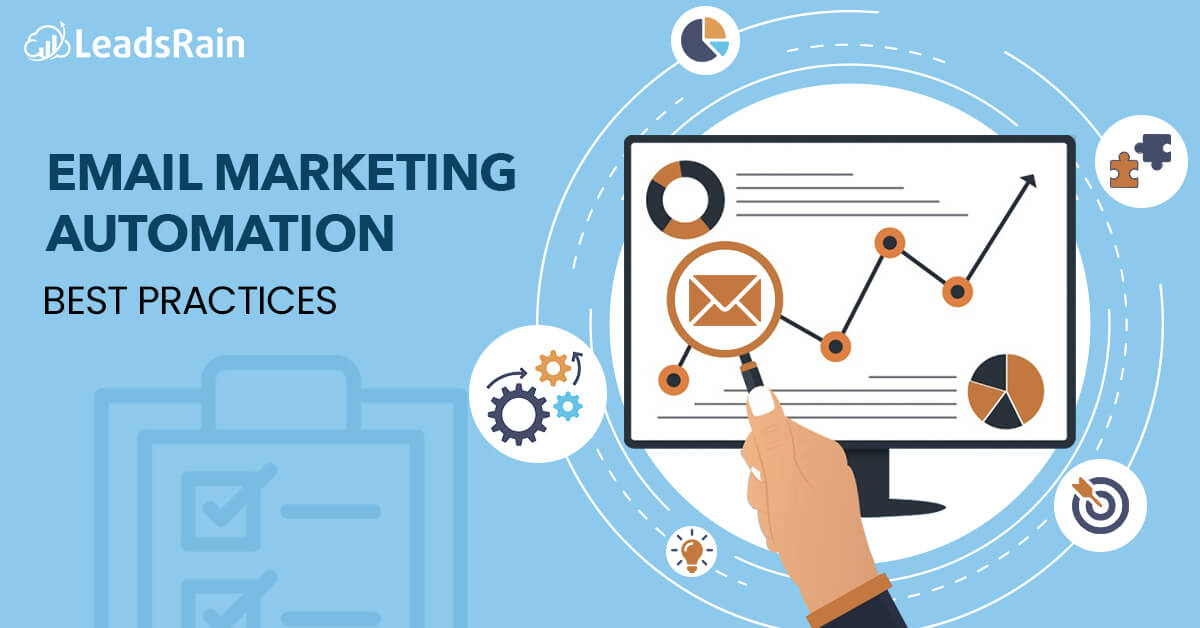
Best Practices for Email Marketing Automation
To ensure your email marketing automation is effective, here are some best practices to follow:
Conclusion
Email marketing automation is a powerful tool that can save you time, increase your efficiency, and improve your email marketing results. By understanding what email marketing automation is, its benefits, and how to get started, you can leverage this tool to deliver personalized and timely emails to your audience and achieve your email marketing goals.
Whether you’re just starting out with email marketing or you’re looking to optimize your existing strategy, email marketing automation is a game-changer. Start leveraging it today to take your email marketing to the next level.


